- Learning time
- 40 minutes
- First play time
- 90 minutes
Zapotec
Designed by: Fabio Lopiano
In Zapotec players represent the long-ago civilisation of the same name from Mesoamerica. Over five rounds, your goal is to expand your influence over the region by building various buildings and, of course, scoring points.
Zapotec looks pretty nuts on the table, and is driven by various interconnected mechanisms. It’s not straightforward to learn or teach, because of that interconnectedness, but once you know it the mechanics of the game are actually relatively simple. The board has the buildings on it, but everything functions through the cards. Players begin with a hand of cards, and each card shows a resource type, a building/region/terrain type, and a number. Everyone selects a single card per round, before all are revealed and resolved in number order: that’s what the numbers are for! The resource tells you what resources you can collect at the start of your turn by referencing a grid on your own player board – in round one, you’ll only get a single wood, stone or brick, but as the game continues you’ll gather a lot more, as we shall see; both of the basic aforementioned resources and the advanced coins, corn and priests.
The main dish of the game is what you do next, and that’s take actions. The basic action you’ll do is spend resources to construct buildings, and again your card defines exactly what or where: if it shows a specific building type – for instance, a temple – then that’s all you can build this round. Or it might show a terrain type (eg the forest) that limits your building (any building) to the forest. Or you might be restricted to one of the three regions instead. When you build, one of your wooden building markers go onto the board, and you take the building tile and add it to the grid on your player board (this is where your lovely extra resources will come from in subsequent rounds). Different buildings bring in different resources, but it’s worth bearing in mind that building a section of pyramid allows you to score a lot of points at the end of the game by performing rituals: we’ll come to those shortly!
Buildings can score points round by round: a single card on the board itself denotes what buildings score (2 points each) at the end of the round, and Zapotec’s interesting card system give players powers of manipulation over it: in the first round this scoring card is random, but at the end of each player’s turn they draw a replacement card from a face-up display: if you’re last to replenish, the single left0ver card will become the scoring card for the next round. Thus, while going last can be bad (particularly late game) in terms of building, you do at least get to define scoring criteria for the next round.
But building is actually just one of Zapotec’s actions. Once you start bringing in the coins, corn and priests, other capital actions become available too; including the rituals mentioned above that allow you to score points at the end of the game for buildings, pyramids or resources. You can spend coins to take trade actions (immediate or round-by-round benefits) or push your marker up the sacrifice track, which not only has in-game benefits like resources and making trade actions cheaper, but also scores points during and at the end of the game. These are where things really start to happen and Zapotec’s relatively benign first round quickly ramps up into a resource-churning, actions-taking behemoth of mammoth moves. Momentum is established quickly once things swim into focus, and before you know it your fifth turn is up! Points are tallied and the player with the most wins.
The guru's verdict
-
Take That!
Take That!
There's no direct targeting of other players, but certainly there'll be times where players claim final buildings in juicy spots.
-
Fidget Factor!
Fidget Factor!
High on a first play, as the meaning and purpose of everything may seem somewhat opaque and it's hard to get a sense of what exactly your best move could be - or even what you should do at all. But after a second play things will speed up considerably.
-
Brain Burn!
Brain Burn!
Not so much a game of deep strategy as a game of roiling, bubbling tactical decisions as you react to the changing board state and the offers and limitations of your cards.
-
Again Again!
Again Again!
Zapotec remains a puzzle whenever you play it. It's not so much a story as a confection of occasionally-dastardly opportunities. Variation is guaranteed by the cards you get, the end-game scoring cards, and most of all by the input of the players themselves.






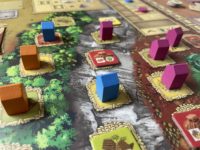
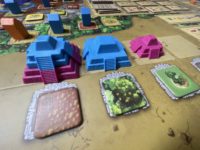


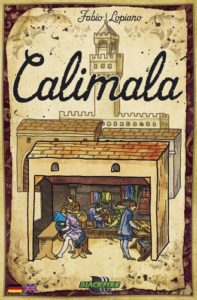
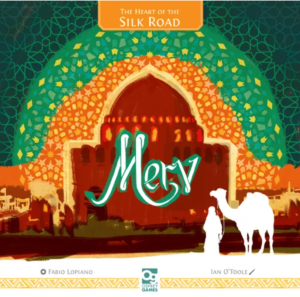
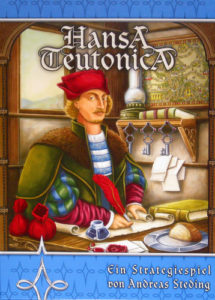
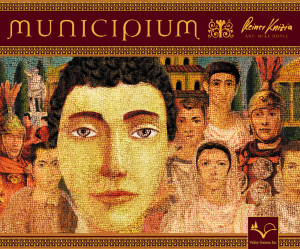

Sam says
Admittedly the theme here feels inconsequential: whilst the Zapotec may have been the inspiration for the game, playing it feels more an abstract puzzle than a reliving of an ancient civilisation. But as abstract puzzles go, it's rather good, as like the designer's previous games (Calimala, Merv) players don't simply ponder their own business but actively interfere in each others'. It's not perfect: tricky to grasp on first play, it can also feel a little rote for two but run a little long with four. But for three players who like the escalating sense of drama and low-level chicanery, this could be a winner: I've enjoyed it every time I've played.